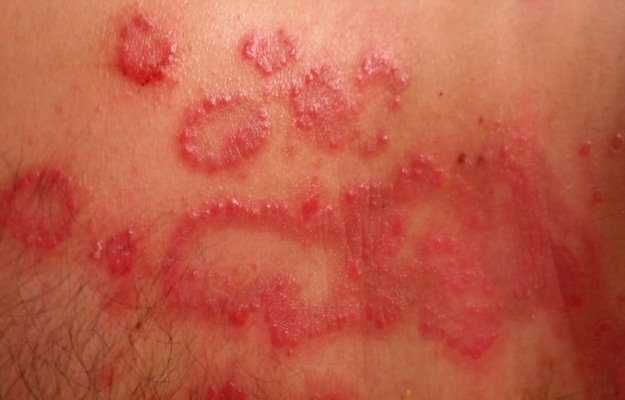What is contact dermatitis?
Contact dermatitis is a skin problem affecting 15% to 20% of people worldwide. Contact dermatitis is mainly characterised by rash and severe itch on a part of the body or all over. The incidence of contact dermatitis varies from country to country depending on the occupation of the people, habits and the surrounding environment. It can be due to an allergy or irritant. Irritant contact dermatitis is the most common variant of the two (80%).
What are its main signs and symptoms?
Contact dermatitis usually occurs over areas that are directly exposed to the allergens or irritants. It takes a few minutes to hours to manifest symptoms and can last for abou two to four weeks. Symptoms seen in allergic-type contact dematitis mainly include:
Symptoms seen in irritant type include:
- Stinging or burning sensation
- Erythema
- Swelling or peeling of skin
Contact urticaria, also known as hives, is a less common form.
What are its main causes?
Too much pressure on the skin due to day-to-day activities can cause dermatitis. Other causes include:
- Irritant dermatitis worsens when in contact with soaps, detergents, acids, or bases.
- Allergic-type is genetically linked or may occur due to previous exposure to an allergen. The main triggers include beauty products, medicines, certain fabrics, food, plants, rubber and poison ivy.
- Exposure to metals, fragrances, antibacterial ointments and certain chemicals like formaldehyde, cocamidopropyl betaine and paraphenylenediamine can potentially cause contact dermatitis.
How is it diagnosed and treated?
Diagnosis is made from:
- Medical history: Includes the time and duration of exposure.
- Physical examination: Includes a general assessment of symptoms and pattern of rash.
- Lab tests: To check for infections.
- Patch tests are done to assess sensitivity.
Treatments include:
- Topical steroids- to control inflammation and swelling
- Anti-histamines- to control the itching
- Topical immunomodulators- to control the immunity reaction
- Topical antibiotics
- Systemic steroids- to control inflammation when local steroids don’t work
- Phototherapy i.e., exposing the skin to the light of a certain wavelength may be used to reduce inflammation of the affected area
Self-care tips include:
- For acute symptoms, a cold compress can help relieve the itch.
- Application of moisture-retaining lotions or creams may help..
- Avoid the agent causing itch or irritation.
- It is best to avoid scratching.
- Soaking in a comfortable cool bath can help relieve itch and irritation.
- Wear protective gloves and clothes made of fabric that do not cause irritation.
- Avoid wearing accessories that can cause discolouration or other symptoms of the skin.
Lifestyle changes can benefit and help in quick recovery:
- Meditation
- Yoga
- Relaxation techniques
Contact dermatitis can be prevented by adopting a healthy lifestyle, as it can supplement the effects of the medicine.
(Read more: Skin disorders causes and treatment)

 OTC Medicines for Contact Dermatitis
OTC Medicines for Contact Dermatitis















